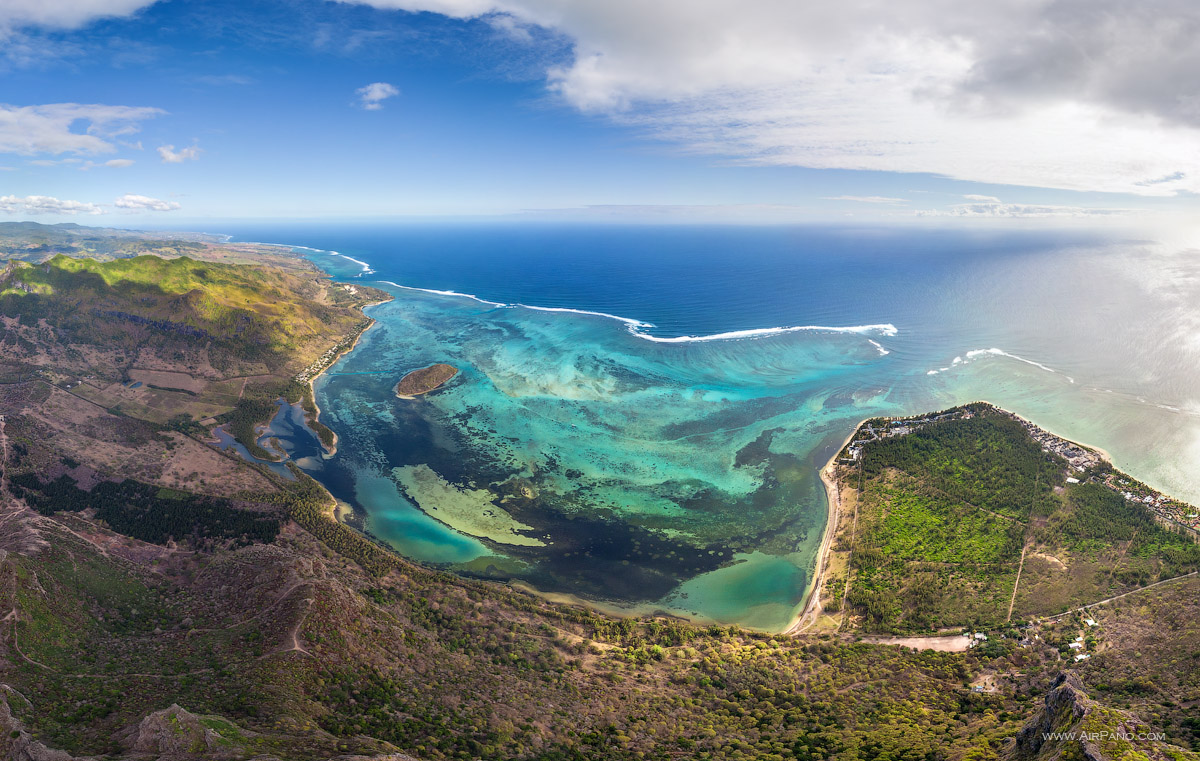
When overwashed onto the shoreline, sediment from coral reefs can increase an island’s elevation. A study published in 2018 predicted that sea-level rise could render most atoll islands uninhabitable by the middle of this century.īut that study’s gloomy outlook only considered the adverse effects of overwash and not its potential island-building benefits. The Intergovernmental Panel for Climate Change (IPCC) recently suggested that sea levels will rise 0.44-0.76 metres by 2100 according to their “middle-of-the-road emission scenario”. Paul Simon Kench, Author providedĪnd as the sea level rises, flooding events on atoll islands are expected to become more frequent and extreme. Overwash from powerful waves deposits sediment on an island’s shoreline. Nevertheless, atoll islands are episodically overwashed by strong waves, leading to nuisance flooding and even complete island inundation. Because this acts as a natural wave barrier, coral reefs offer atoll islands significant protection against energetic wave action.

The reef platform is usually located around the low tide level. Gerd Masselink/Jamie Quinn, Author provided They’re composed of the sediment that washes up from the living coral reef platforms that surround them, with material gradually deposited on the island’s shoreline by wave and tide-generated currents.Ītoll islands are built upon coral reefs. Making an atoll islandĪbout a million people live on coral atoll islands, with about half of these confined to the atoll island nations of Kiribati, the Maldives, the Marshall Islands and Tuvalu.Īll atoll islands are low-lying, commonly less than two metres above sea level. While damage to coral reefs may actually benefit atoll islands with increased coral detritus over the next ten years, long-term damage to the coral reef ecosystem, over the coming decades, will leave atoll islands without enough sediment to naturally adapt to sea-level rise. Our recent study, conducted alongside coastal scientist Eddie Beetham, suggests that hugely disruptive and potentially life-threatening extreme weather events may actually be required for the long-term survival of atoll islands and their communities.īut the sediment required to make this happen is derived from coral reefs, which are also under threat from climate change. So while the process of wave overtopping can be very disruptive and damaging to island communities, it also seems to nurture the long-term resilience of these islands, enabling them to persist despite rising sea levels. On the other hand, when waves overwash such islands during extreme weather events, new sediment from their surrounding coral reefs is typically deposited on the island, increasing its elevation. On the one hand, these islands are among the most sensitive to the effects of climate change, with sea-level rise and potentially increasing storminess expected to make coastal flooding events more frequent and intense.


Communities living on coral atoll islands, which rarely rise more than four metres above the surface of the sea, face a strange paradox.


 0 kommentar(er)
0 kommentar(er)
